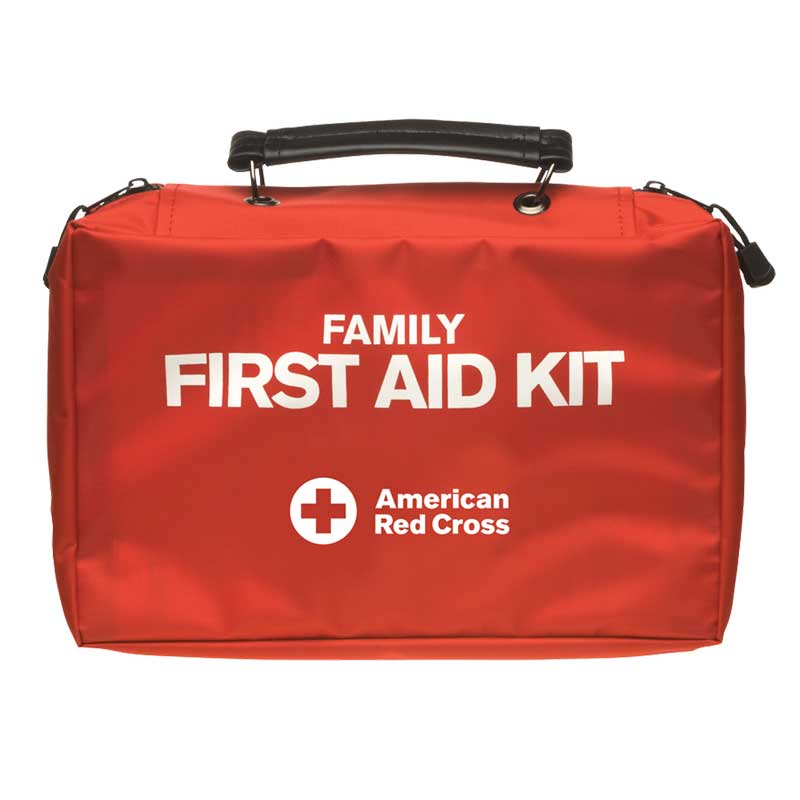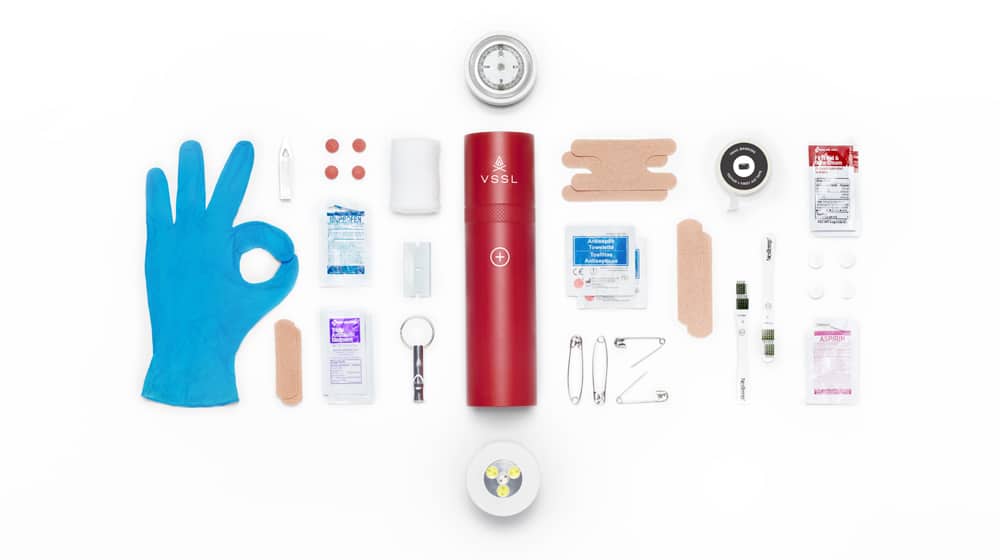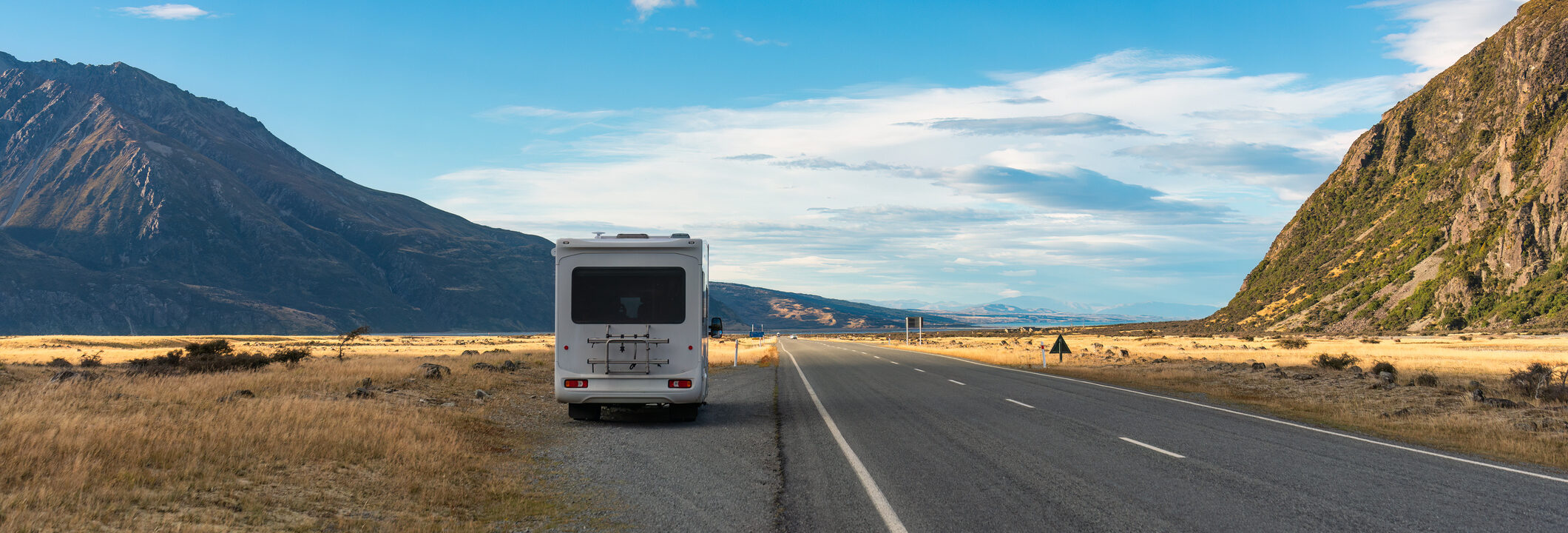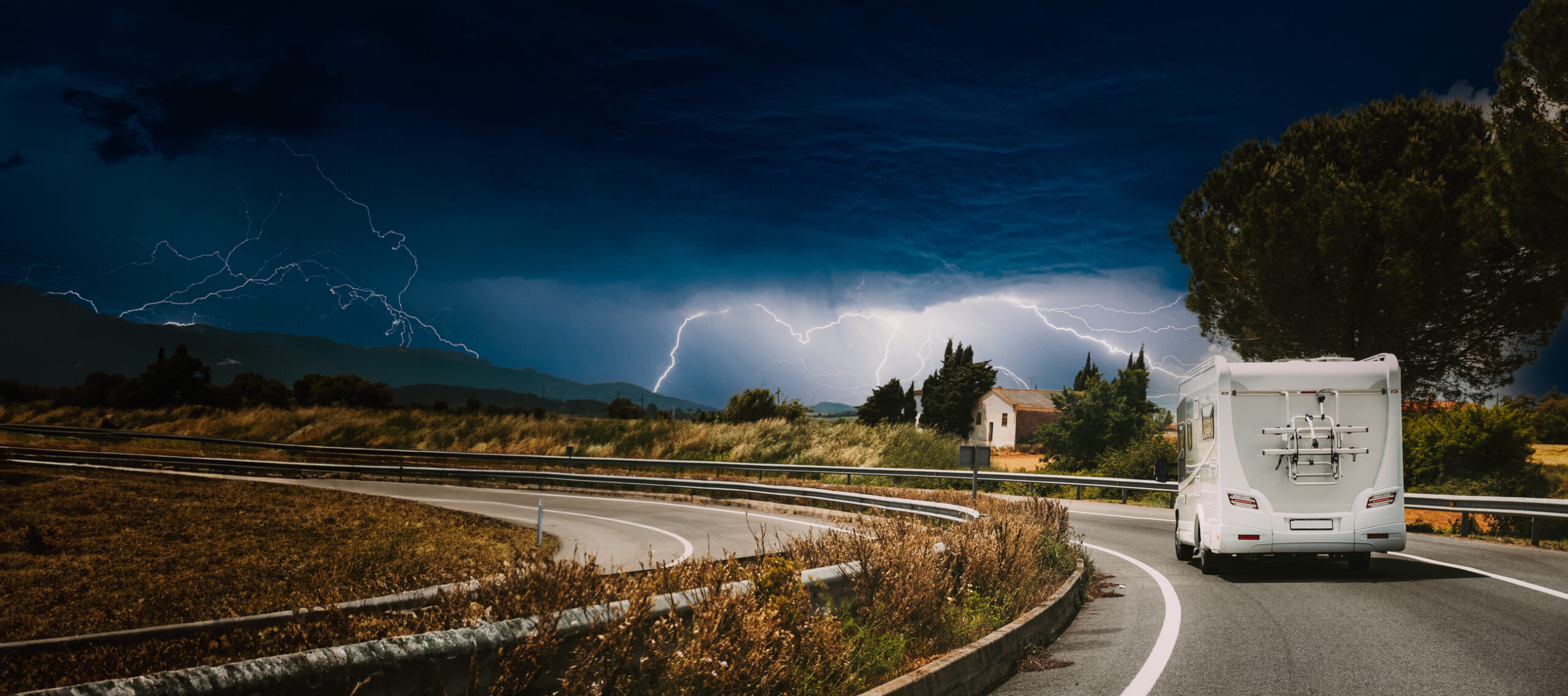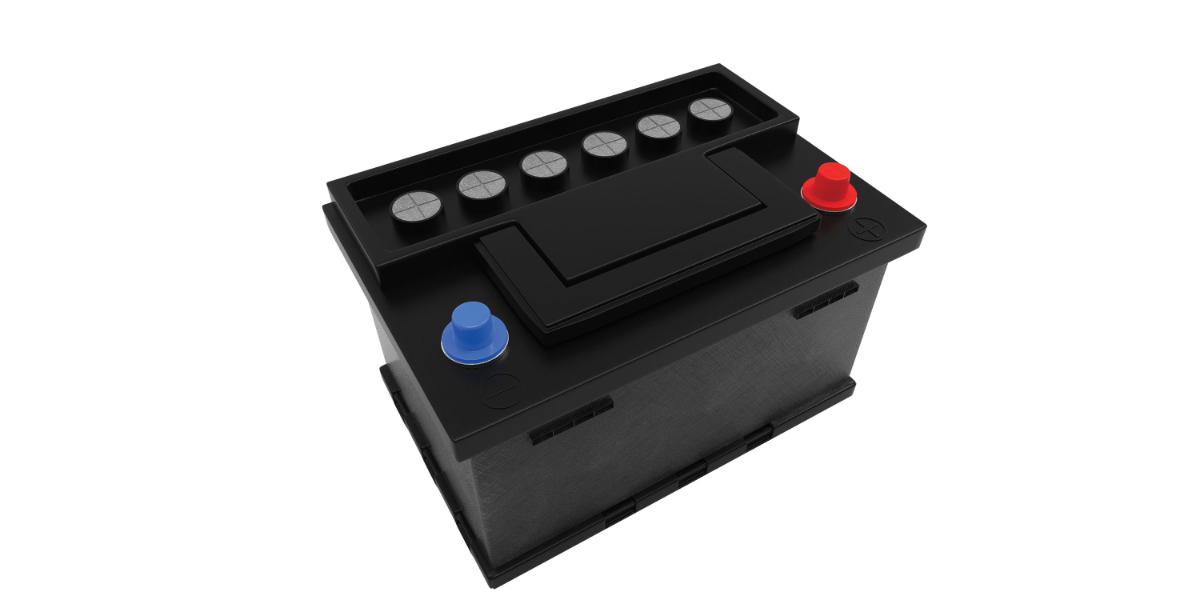RV Safety: Building a Better First-Aid Kit
Safety Guideline and Practical Tips from a Paramedic
Image Caption: Image Courtesy of elenabsl/Shutterstock
Traveling by RV allows us to enjoy beautiful scenery, new experiences, and meet fellow outdoor lovers. And just like in every situation, if you’re ready for the unexpected, you’ll be able to respond effectively. As a traveler and paramedic, I’ve seen some amazing places—and, unfortunately, some ugly injuries.
Going cheap is great for granola bars and Gatorade, but it’s inadvisable when preparing for emergencies on the road. Don’t just buy a big-box-store first-aid kit and “call it good.” Take the time to ensure you truly have the tools and training to treat minor and major injuries. My goal here is to share some ideas to keep you and your family safe during your RV adventures. Plus, you never know when you can step in to help someone else.
First-Aid Kit Must-Haves
Store-bought first-aid kits usually contain Band-Aids, more Band-Aids, bigger Band-Aids, little Band-Aids, and an undersized pack of antibiotic ointment. In all seriousness, these common first-aid kits are quite helpful for minor injuries, but they often don’t have the proper tools to treat most injuries beyond a skinned knee.
Let’s talk about how to pack a well-stocked first-aid kit. This means you’ll need tools—and ideally, training—to stop bleeding and support the heart.
In addition to the basic first-aid items, every first-aid kit should include these:
- Tourniquet: Either a CAT (Combat Application Tourniquet) or SOF (Special Operations Forces) tourniquet. Don’t buy knockoffs! If it’s cheaper than $30, beware)
- SWAT-T tourniquet (rubber-type tourniquet; good for children and pets)
- Gauze/wound dressing
- Pressure bandage
- EpiPen (ask your doctor about a preemptive prescription)
- Benadryl
- Baby aspirin
- CPR face shield
Other Considerations
In addition to having a first-aid kit at the ready, there are three primary things to think about.
1. Shelter From the Elements
Many people forget that shelter takes precedence, so keep this in mind, especially in extreme hot and cold temperatures if hiking or biking. Some items to pack include warm and dry clothes and a high-quality emergency blanket. These blankets weigh next to nothing and pack down small.
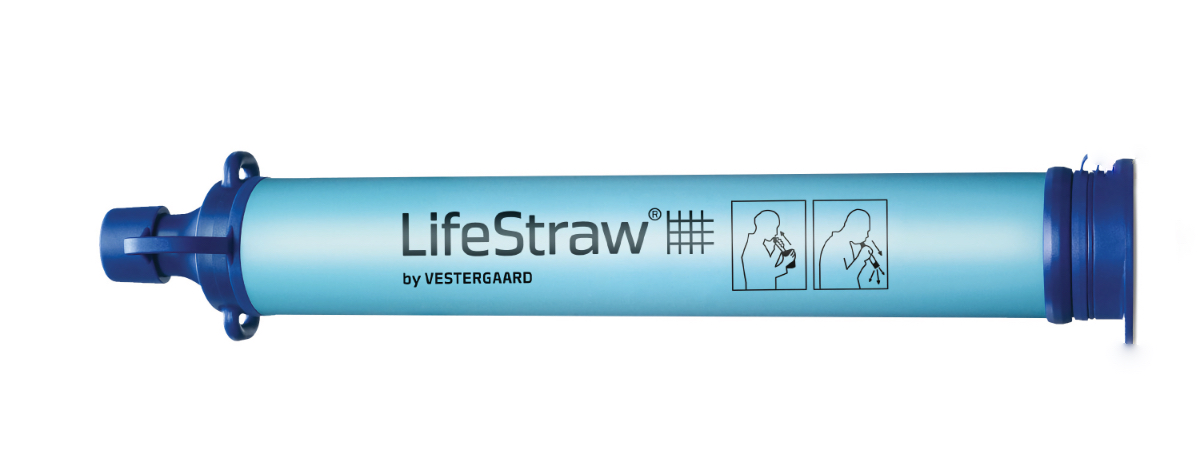
Phot Credit: LifeStraw
2. Drinking Water
Along with carrying plenty of clean water with you on a hike, for instance, you should also bring a water filter and/or water-purification tablets. Who knows? You may come across a beautiful mountain stream and want to taste the water!
3. Food to Sustain You
You should have nonperishable food items with you. Canned food works, but freeze-dried food or meal bars may be more practical.
For those who are interested in learning more, the book SAS Survival Handbook, Third Edition by John Wiseman, is a great reference.
This isn’t intended to be medical advice but is just a brief overview, so you have the tools. Many times, basic first-aid can stop a minor situation from escalating, meaning you can get back to all the things that make RVing so special.
It’s best to seek training, especially since medical practices and emergency protocols are constantly updated. Thousands of lives are saved every year due to bystanders who take action.
Remember, knowledge is power, and being prepared is always a good thing wherever you may roam.
Need to Know: Rescue Breathing and CPR

To provide rescue breaths, close the person’s nose and pull the jaw forward. Ensure their mouth is clear. Seal your mouth over theirs and give a breath about once every five seconds.
For CPR, extend your arms and place your hands over each other. Use body weight to push hard and fast, about 2 inches in depth for adults.
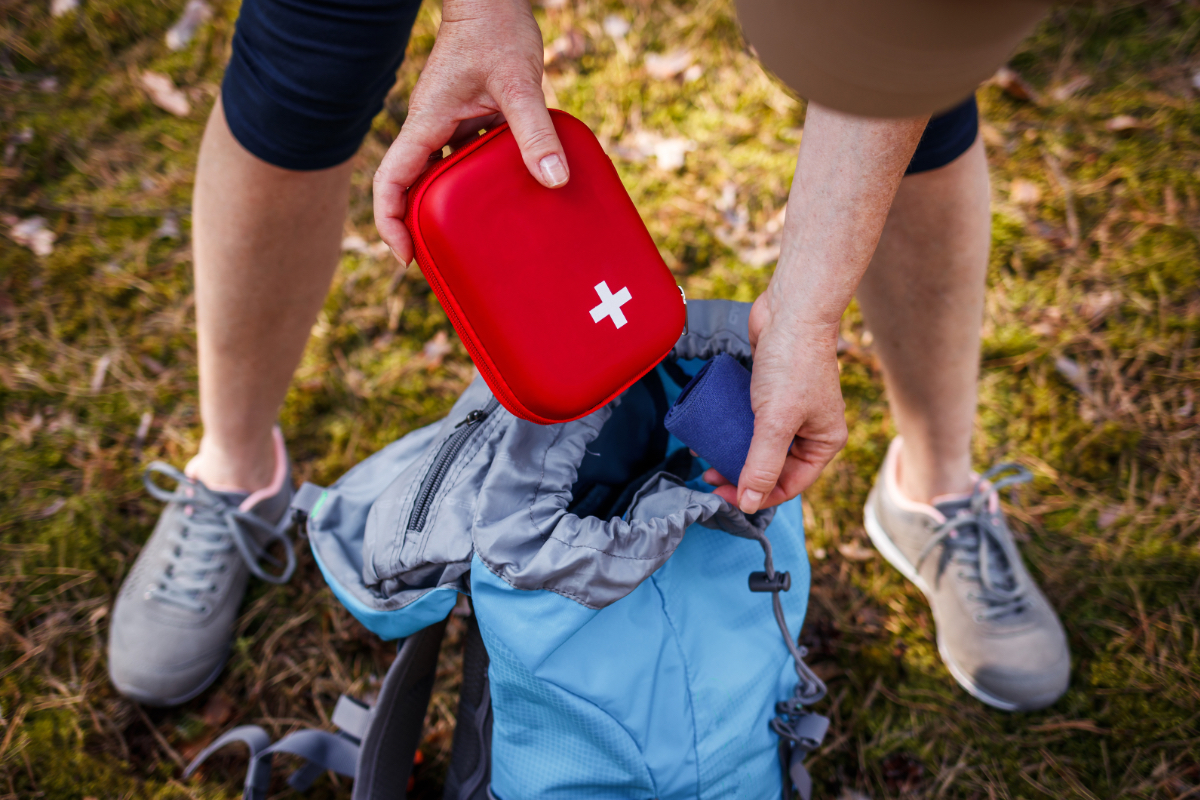
Photo Credit: Zbynek Pospisil/Getty
Adventure First-Aid Kit Checklist
Sometimes a curve ball is thrown into your plans, so it’s best to be prepared.
- Emergency blankets (quality mylar and wool)
- Backup heat source
- Multiple tools to start a fi re: matches, lighters, ferro rods
- Water filters and waterpurifi cation tablets
- Stainless-steel container (single-walled for boiling water)
- GPS/SOS communication (such as a Garmin InReach Mini GPS or ACR ResQLink Personal Locator Beacon)
- Radio/flashlight with hand crank Flares/reflectors (for roadside support)
- Paper maps and compass (don’t rely only on the GPS)
- Whistle
- Flashlights
- Fishhooks/line
- Sturdy fixed-blade knife
- Emergency food (freezedried, dehydrated, or meal bars)
- 550 paracord
- Durable tarp

